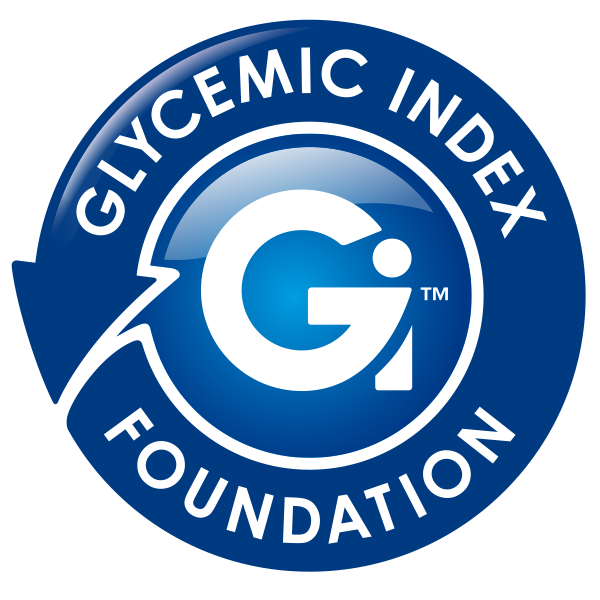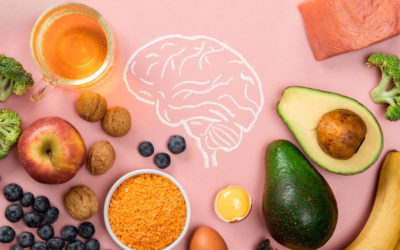The short answer is – some of them! Nuts are a popular snack choice for many people, and for good reason. These tiny powerhouses are packed with nutrients, healthy fats and fibre that can keep you feeling full and satisfied between meals. In addition, nuts have been linked to a variety of health benefits, including a reduced risk of heart disease, diabetes and certain types of cancer.
Nuts contain relatively small amounts of carbohydrate and, because of this, most nuts do not have a glycaemic index (GI). The glycemic index is a measure of how quickly a food raises your blood sugar levels. Foods with a high GI are quickly digested and absorbed, causing a rapid spike in blood sugar levels. This can lead to a crash in energy levels and feelings of hunger, as well as a host of other negative health effects.
Nuts such as chestnuts, pistachios, cashews and peanuts, are considered low GI. These can be enjoyed as a snack on their own, or added to meals to lower the glycemic index. How? Nuts take time to digest, thanks to their complex plant cell walls, and the healthy fats and fibre they contain. When nuts are combined with foods rich in carbohydrates, they slow the digestion of the entire meal – resulting in a slower and smaller overall rise in blood glucose levels. This can help to maintain energy levels, prevent feelings of hunger and reduce the risk of diabetes, heart disease and other chronic conditions.
Opting for chestnuts, pistachios, cashews and peanuts is a simple and tasty way to stay satisfied and energised throughout the day with their low glycemic index and numerous health benefits. So, what are you waiting for? Indulge in a handful of nuts in this green bean, snow pea, rice and avocado salad with pistachios, or nut and seed flatbread – your body will thank you for it.


